How to Prepare for a Blizzard in 2024
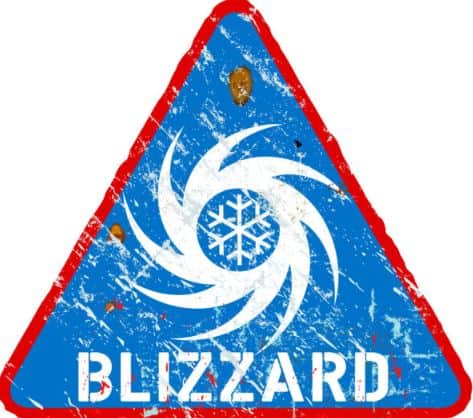
Have you ever looked out of your window, appreciating the first snowflakes of the year, only to realize a few hours later that you’re trapped in a major winter storm?
Blizzards aren’t just about snowball fights and posting some nice-looking snowmen on social media. They can be menacing, too, trapping you indoors, cutting off power, or closing roads.
This doesn’t mean you should panic. It simply means that with a little bit of preparation and some knowledge, you can navigate through a blizzard comfortably and safely.
Imagine sipping on a delicious hot chocolate wrapped in a cozy blanket while admiring the power of nature outside. Sounds nice, right? Well, it’s clearly within your reach, and we wrote this guide to help you turn that into reality.
So, let’s talk about blizzard preparedness and avoid getting stuck in a freezing house with a half-empty jar of pickles and a single candle.
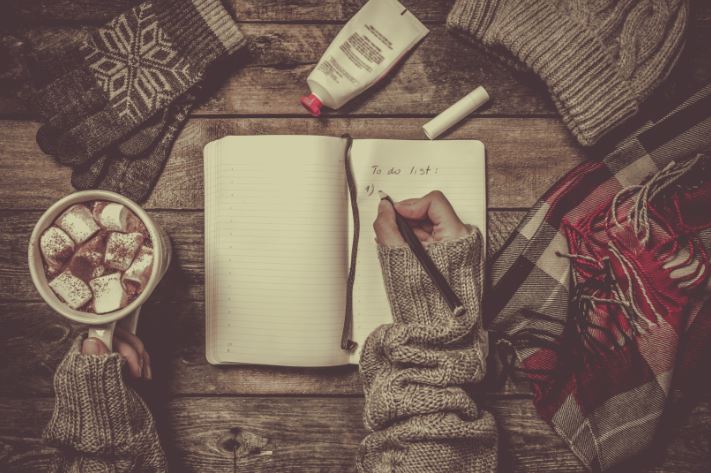
What is a Blizzard?
A blizzard is simply a severe snowstorm that lasts for an extended period and is characterized by strong winds and reduced visibility due to blowing snow.
It’s the specific combination of powerful winds and snow that makes it particularly dangerous.
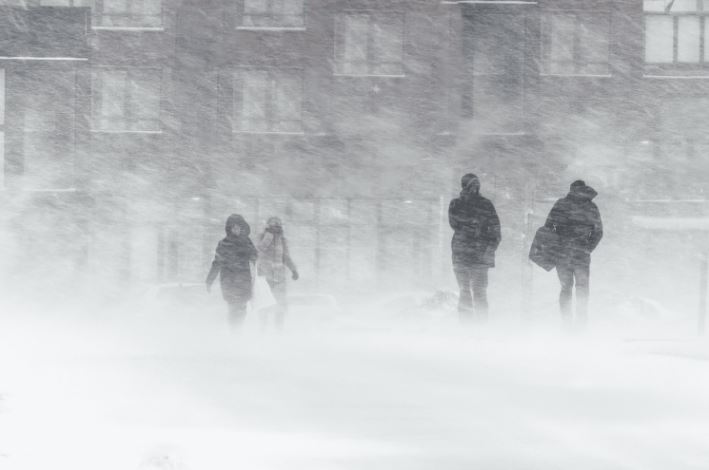
Reasons You Need to Know about Blizzard Preparedness
Even if we focus only on the most recent history, some violent winter storms have hit the US, like the 2009 Christmas blizzard, the 2011 Groundhog Day blizzard, the 2016 Winter Storm Jonas, or the 2022 Winter Storm Elliott.
The first three examples were Category 5 Winter Storms. The latter was a Category 4 Winter Storm, but it produced up to 56.5 inches of snowfall in New York State, and gusts up to 79mph, between the 21st and 26th of December.
And despite several declarations of state of emergency, thousands of flights canceled, travel bans, road closures, and other measures, at least 106 people died in related incidents in that storm alone. Think about that for a moment… more than 100 people passed away. So many families were left to mourn the loss of their loved ones during Christmas time.
Some scientists argue that blizzards may become more common in certain regions due to Climate Change. Whether that turns out to be true or not, there’s always a good chance that one day, you will turn on the radio and hear about a harsh winter storm coming your way. Here’s a few things you should have in mind:
- Health Risks: Blizzards can lead to power cuts, making heating systems inoperable and potentially causing hypothermia due to cold exposure.
- Road Closures: Heavy snow and reduced visibility can make roads impossible to pass.
- Risk of Frostbite: Extended exposure to extreme cold can lead to severe health risks.
- Food and Water: Being stuck without having a stock of essentials can be dangerous.
Understanding blizzard preparedness ensures that you won’t be taken by surprise, and this guide provides the most relevant straightforward solutions to keep yourself and your loved ones well-protected during those severe winter storms.
Step-by-Step Instructions to Prepare for a Blizzard
Before the winter storm hits, you should follow some critical steps to prepare for what might be coming your way:
Stock Up Essentials
Home Maintenance
Emergency Kit Preparation
Communication Plan
Heating
Let’s go into more detail in each of these steps to make sure you know how to prepare for a blizzard.
Stock Up Essentials
At least a three-day supply of food and drinking water is key because you want to avoid having to drive or walk to the supermarket in the middle of a blizzard.
It’s better to have non-perishable food like canned goods and bottled water. Shelf-stable milk can also be a good option because it can be stored for long periods and doesn’t require refrigeration until opened.
Also, don’t forget to store the necessary medications for any health conditions you and your family might have.
And if you have pets, get food for them as well.

Home Maintenance
It’s also very important to confirm that your house is properly insulated. If there are any gaps or cracks in the doors and windows, seal them. And check the weather stripping around doors and windows.
If you have a fireplace, certify that it’s working and you have the necessary supplies. And keep those extra blankets and warm clothing handy.
Even if you’ve done it before the winter season, double-check your rain gutters for debris since that can lead to ice dams and cause water to seep into your house.
If you have exposed pipes, insulate them, especially those outside the house, to prevent frozen pipes and potential water damage.
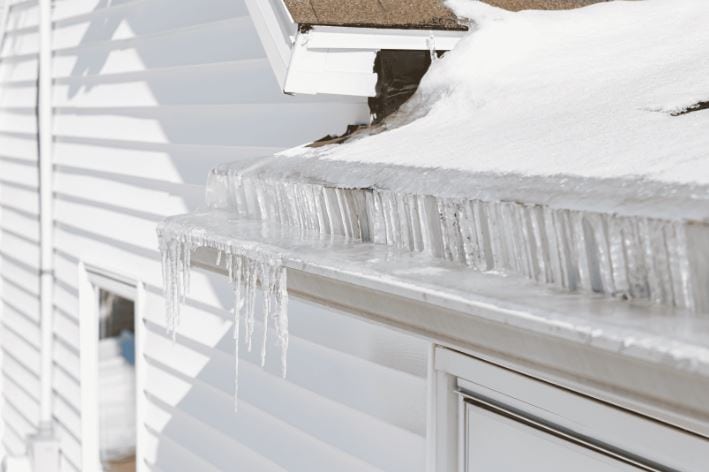
Emergency Kit Preparation
Prepare a kit with critical items like flashlights, batteries, a first-aid kit (or at least some first-aid supplies), a snow shovel, and a multi-tool or Swiss Army knife, which can be handy in multiple situations.
For additional ideas, take a look at my post on Survival Kit Ideas.
Communication Plan
A robust communication plan is also key to helping you face extreme winter weather. You should always have a physical list of emergency contacts, including family members, friends, and local emergency services.
In case of a power outage, it may be important to have a battery-powered radio in order to access weather reports and emergency alerts. And follow those winter storm warnings.
Get your cell phone fully charged, and consider having a power bank. Remember that if your home loses power, you won’t be able to charge your phone.
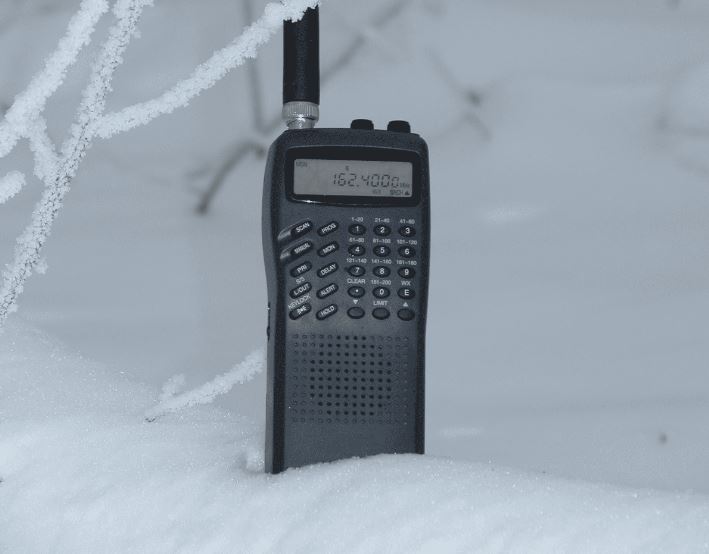
Heating
If you’re not really convinced that you may lose power, be mindful of what happened in Texas during the 13-17 February 2021 Winter Storm. This was a Category 3 Storm where hundreds of people died as a direct and indirect result of the storm and its aftermath.
Many of these deaths were attributed to hypothermia due to a lack of heating and carbon monoxide poisoning due to unsafe heating methods.
So, in case of power outages, and besides certifying that you have warm and dry clothing, you should be very mindful about using a camp stove indoors or other fuel-burning appliances as a source of room heating and hot water, especially if you don’t have any carbon monoxide detectors and proper ventilation.
If the same absence of carbon monoxide detectors applies to your garage, and you decide to turn on your car to get some heat from the AC, be aware that the exhaust fumes can also lead to carbon monoxide poisoning.
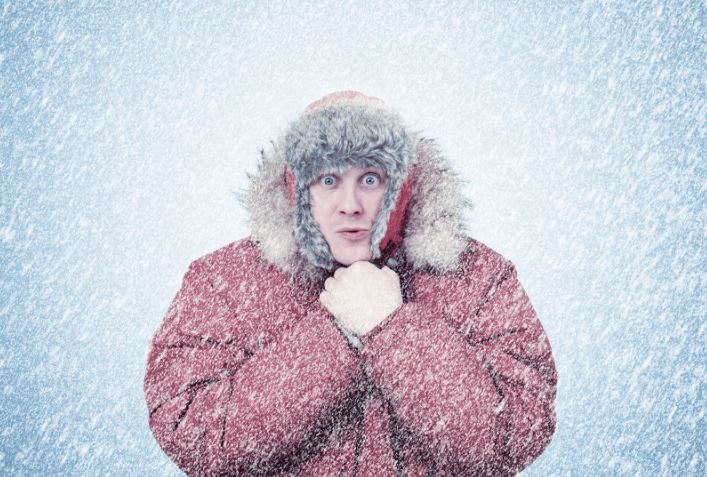
Key Considerations For Successfully Preparing for a Winter Storm
During a blizzard, staying warm isn’t the only concern. Staying informed is also critical.
Keep an eye on weather updates, and guarantee you’re ready to adjust your emergency plan accordingly.
If you have elderly neighbors or family members, check on them to see if they’re okay.
Taking it to the Next Level: How to Stay Active During Extreme Winter Weather
You can also use this time to bond with your family.
Play board games, read books, or even try some teamwork to tackle those housekeeping tasks that you have been putting off for months.
Be mindful of the fact that this is a great time to reconnect without the distractions of modern life.

Alternatives to Staying Indoors During Winter Storms
If you’re adequately prepared and have an adventurous spirit, consider building a snow fort and having a snowball fight.
This can be a fun activity, especially if you have kids.
But you should avoid the harshest periods of the storm, limit your time outside, and to prevent frostbite ensure that everyone has warm clothes (including snow boots, a scarf, mittens, and a winter hat that covers your ears).
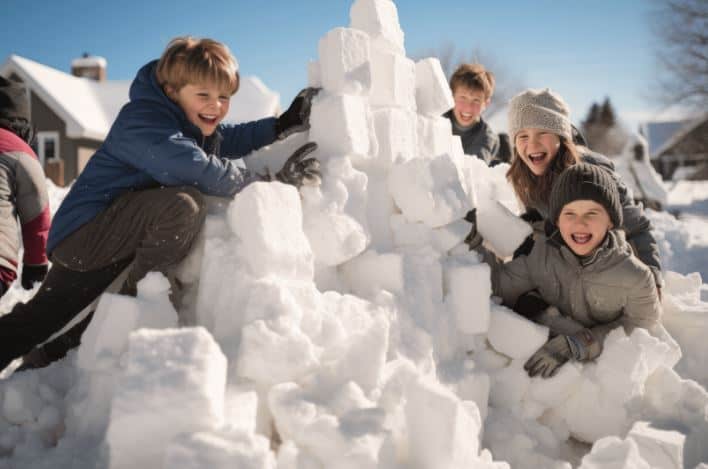
Other Outside Duties in Harsh winter weather
You may also face some unexpected situations where you essentially assess that you have no alternative but to go outside during hazardous winter weather.
Examples of this would be the absolute need to go to a hospital due to health concerns or if you learn that you urgently need to come to the aid of a family member.
Keep in mind that people having a heart attack during a blizzard isn’t exactly unheard of. Cold temperatures cause blood vessels to constrict, which can reduce the blood supply to the heart. Combine that with strenuous activities like shoveling snow, and you can get a shock to the system.
And that’s why I recommend frequent breaks, not only when you’re shoveling snow but also when you’re in any other kind of physical exertion activity during a blizzard.
For that potential car drive during the storm, remember that you may need to shovel some snow in order to clear pathways or driveways, so don’t forget to bring that shovel with you. And, hopefully, you’ve done that winter tune-up for your vehicle, confirming that your car is in good shape when driving through those slippery roads.
You should also consider having a basic car safety kit. A well-thought-out car safety kit should include items like jumper cables, road salt, tire chains, antifreeze fluid, tow rope, and bottled water.
If you come across fallen trees, you may need to call for professional or emergency help, particularly if they’re large, if power lines are involved, or if the downed trees affected a house, posing an immediate threat to its occupants.
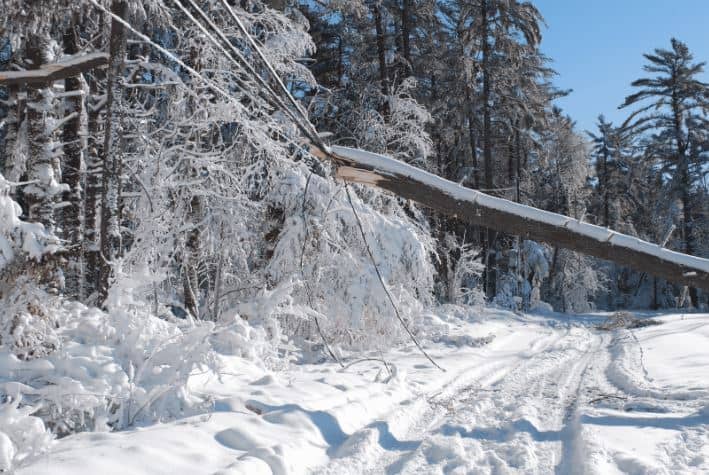
Wrapping Up and My Experience With a Severe Winter Storm
Blizzards can be challenging, but with the right preparation, they can also be an opportunity to slow down and appreciate the simpler things in life.
Over the years, I’ve faced several harsh winter storms, and while at times they can be daunting, being prepared has always made the experience more manageable.
Stay safe, stay warm, and remember, every blizzard eventually passes.
Check out my other posts, and don’t hesitate to reach out.
FAQ
How do you get ready for a blizzard?
Stock up on essentials, prepare your house, develop an emergency kit, strengthen your communication capability, and confirm that you have warm clothes to be able to withstand the cold associated with a power outage.
What are the three things needed to make a blizzard?
According to the National Weather Service, a blizzard is a storm with large amounts of snow or blowing snow, winds greater than 35 mph (56 kph), and visibility of less than ¼ mile (0.4 km) for at least three hours.
What should I do if I get stuck in the car during a blizzard?
Unless help is visible and easily accessible, you should stay in the car and keep warm by running the engine and heater every 10 minutes or so. You should also ensure that the exhaust pipe is clear of snow, or you could risk carbon monoxide poisoning.
What happens right before a blizzard?
The three conditions that must be met before a blizzard are: cold ground temperatures, high humidity, and the air moving quickly.






